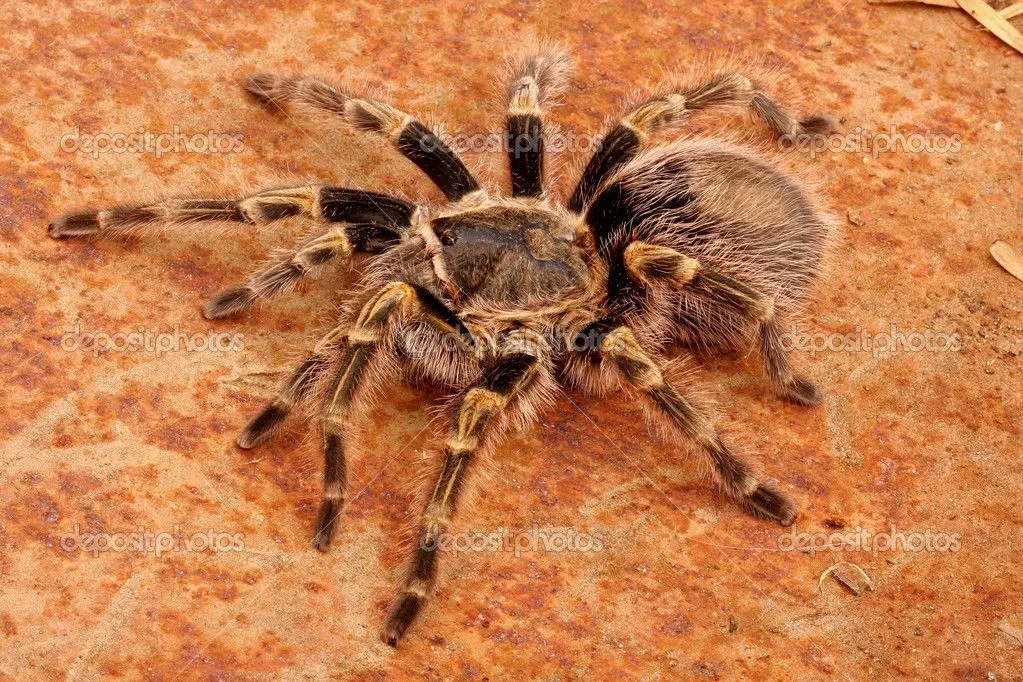Understanding the Chaco Golden Knee Tarantula
The Chaco Golden Knee Tarantula (Grammostola pulchripes) is a popular and relatively docile species, making it an excellent choice for beginner tarantula enthusiasts. Native to the grasslands of Argentina and Paraguay, these tarantulas are known for their beautiful coloration and manageable temperament. Their golden-orange knee joints against a black body create a striking visual contrast, contributing to their popularity in the pet trade. Before acquiring a Chaco Golden Knee, it’s essential to understand their specific needs to provide a comfortable and healthy environment.
Origin and Habitat
Chaco Golden Knees originate from the Chaco region of South America, specifically Argentina and Paraguay. In their natural habitat, they inhabit grasslands and scrublands, often burrowing underground for shelter. These environments are typically warm and relatively dry, with seasonal changes influencing temperature and humidity levels. Understanding their natural environment is crucial for replicating suitable conditions in captivity, ensuring the tarantula’s well-being and promoting natural behaviors. Replicating their natural environment helps with proper molting and overall health of the tarantula.
Appearance and Characteristics
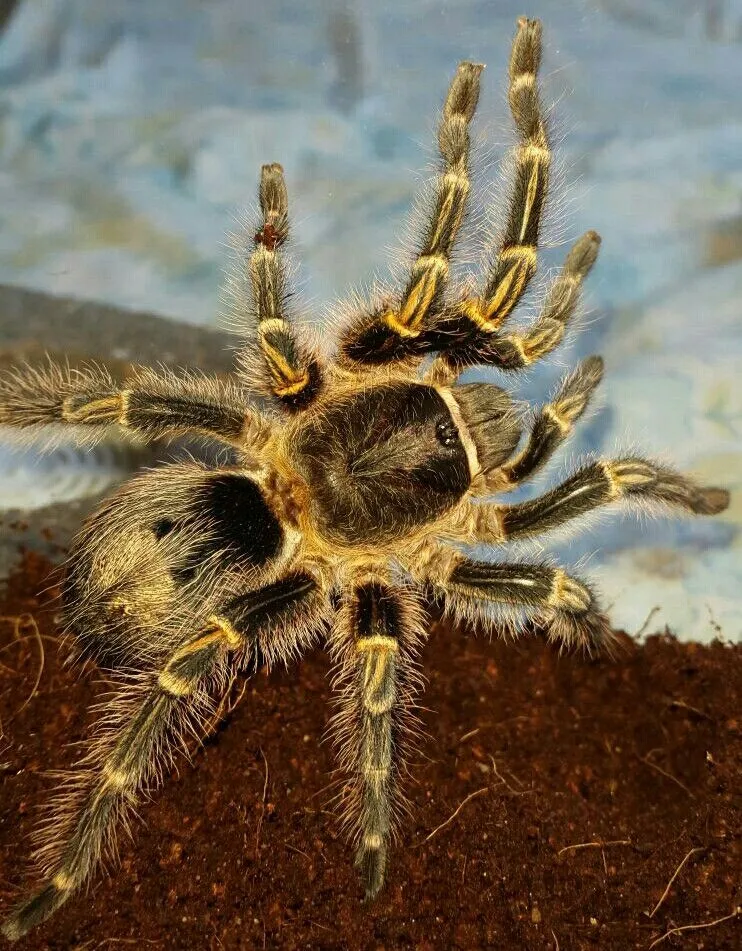
The Chaco Golden Knee is a terrestrial tarantula, known for its striking appearance and relatively calm demeanor. They typically have a lifespan of 15-20 years for females, while males tend to live shorter lives, around 5-7 years. The females are larger, reaching a leg span of up to 8 inches. Their bodies are covered in dense hairs, contributing to their velvety appearance. The most distinctive feature is the golden-orange coloration on their knee joints, which contrasts sharply with their dark bodies. They are not fast moving, which is also ideal for beginners.
Setting Up Your Chaco Golden Knee’s Habitat
Creating the right habitat is key to the health and happiness of your Chaco Golden Knee. Their enclosure should mimic their natural environment, providing the necessary conditions for their well-being. This includes the appropriate size, substrate, temperature, and humidity levels. A well-designed setup will not only meet their basic needs but also allow you to observe their natural behaviors. It is also important to remember that the tarantula needs to have a safe place to burrow and hide, as this helps keep them calm.
Enclosure Size and Type
For a juvenile Chaco Golden Knee, a 5-10 gallon tank or terrarium is sufficient. As they grow, you will need to upgrade the enclosure. An adult Chaco Golden Knee will need a 10-20 gallon tank, or even larger, depending on the size of the individual. The enclosure should be secure, with a tight-fitting lid to prevent escape. Glass or acrylic enclosures are both suitable, as long as they provide good ventilation. The height of the enclosure is less critical than the floor space, as Chaco Golden Knees are terrestrial and spend most of their time on the ground. Ensure the enclosure is well-ventilated to prevent the buildup of moisture and mold.
Substrate and Decor
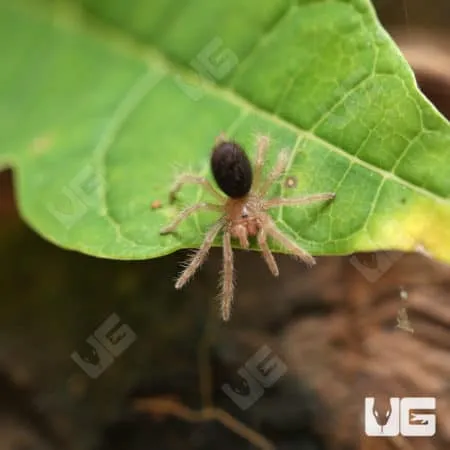
The substrate is an essential part of your tarantula’s habitat. It provides a surface for the tarantula to walk on, allows for burrowing, and helps maintain humidity levels. A good substrate for a Chaco Golden Knee consists of a mix of peat moss, vermiculite, and a small amount of coco fiber. This combination holds moisture well while providing good drainage. The substrate should be deep enough for the tarantula to burrow, typically 4-6 inches. Decorate the enclosure with hides, such as cork bark or half logs, to provide the tarantula with a place to retreat and feel secure. Live or artificial plants can also be added to enhance the environment, providing a more naturalistic setting.
Temperature and Humidity
Chaco Golden Knees thrive in temperatures between 75-85°F (24-29°C). You can maintain this temperature range using a heat mat placed on the side of the enclosure, or a ceramic heat emitter. Avoid placing heat sources directly under the enclosure, as this can cause the substrate to dry out too quickly. Humidity levels should be maintained between 60-70%. You can achieve this by lightly misting the enclosure once or twice a week, or by providing a water dish. Use a hygrometer to monitor humidity levels. Proper temperature and humidity are crucial for the tarantula’s health, especially during molting.
Feeding Your Chaco Golden Knee Tarantula
Feeding your Chaco Golden Knee is a straightforward process, but it’s crucial to provide the right diet and feeding schedule to ensure their health. Overfeeding can lead to health issues, so it’s important to find a balance. Observe the tarantula’s feeding behavior and adjust the frequency as needed. Providing a varied diet can help ensure that your tarantula receives the necessary nutrients for growth and maintenance. Always remove uneaten food to prevent mold and mites.
Diet and Feeding Schedule
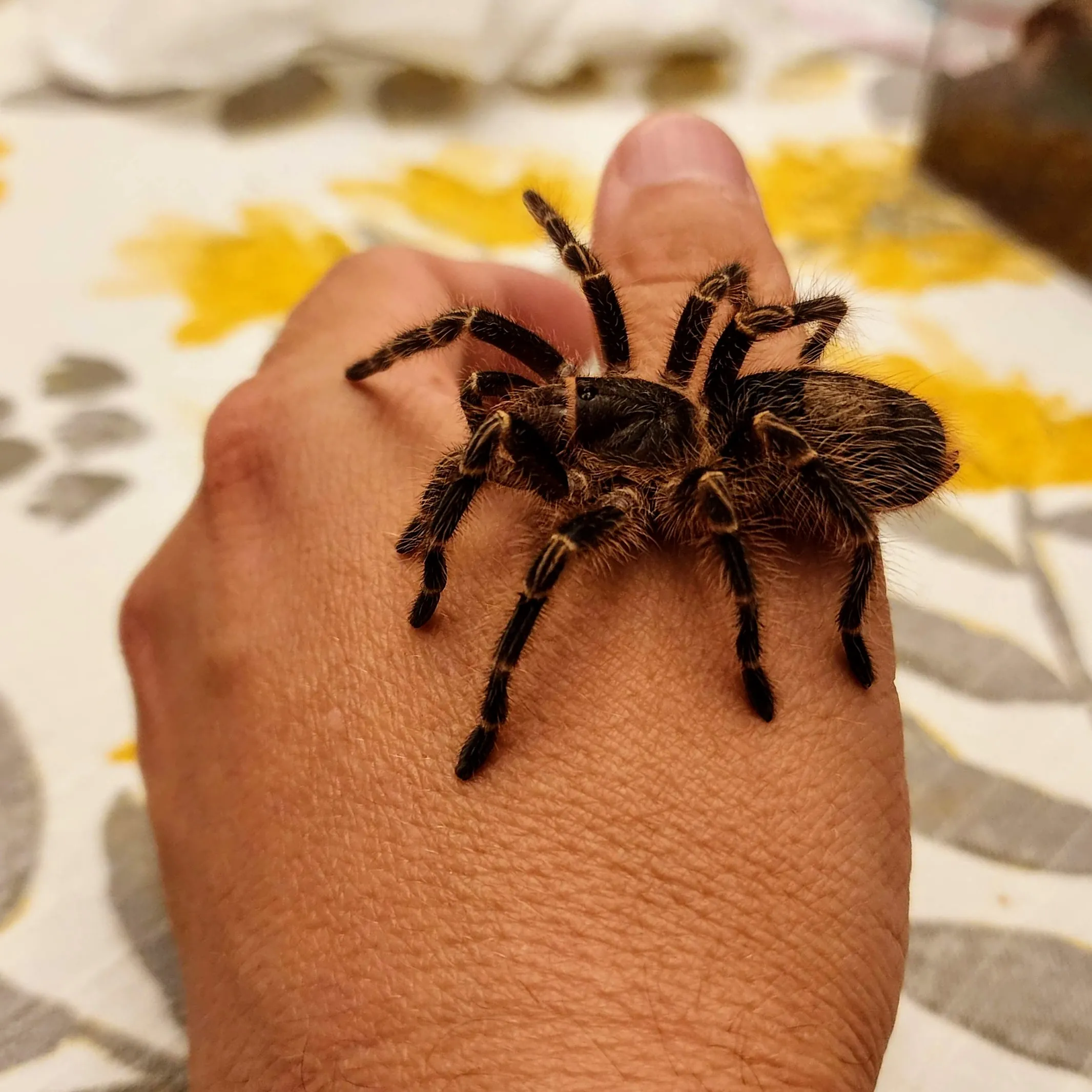
Chaco Golden Knees are insectivores, and their diet should primarily consist of insects. Suitable food items include crickets, dubia roaches, mealworms, and superworms. Varying the diet is essential to provide a range of nutrients. Feed juveniles every 3-4 days, while adults can be fed every 5-7 days. The size of the prey should be appropriate for the size of the tarantula; the prey should ideally be no larger than the tarantula’s body length. Before feeding, it’s a good practice to gut-load the insects with nutritious food to provide additional vitamins and minerals to your tarantula. Always remove any uneaten insects within 24 hours to prevent stress on the tarantula and maintain enclosure hygiene.
Water and Hydration
Providing a clean water source is essential for your tarantula’s hydration. Use a shallow water dish that is readily accessible. Ensure the dish is shallow enough to prevent drowning, especially for younger tarantulas. Regularly refill the water dish with fresh, dechlorinated water. Misting the enclosure lightly once or twice a week can also help maintain humidity and provide a source of hydration. Keep the water dish clean to prevent bacterial growth and contamination. The availability of fresh water is crucial for the tarantula’s overall health and well-being.
Handling and Safety
While Chaco Golden Knees are known for their docile nature, handling tarantulas should be approached with caution and respect. It’s important to understand the risks involved and to handle them in a safe and responsible manner. Always prioritize the tarantula’s safety and well-being. Handling should be kept to a minimum, as it can cause stress to the tarantula and increase the risk of accidental bites or drops. Proper handling techniques and understanding the tarantula’s behavior can help ensure a positive experience for both you and your pet.
Do’s and Don’ts of Handling
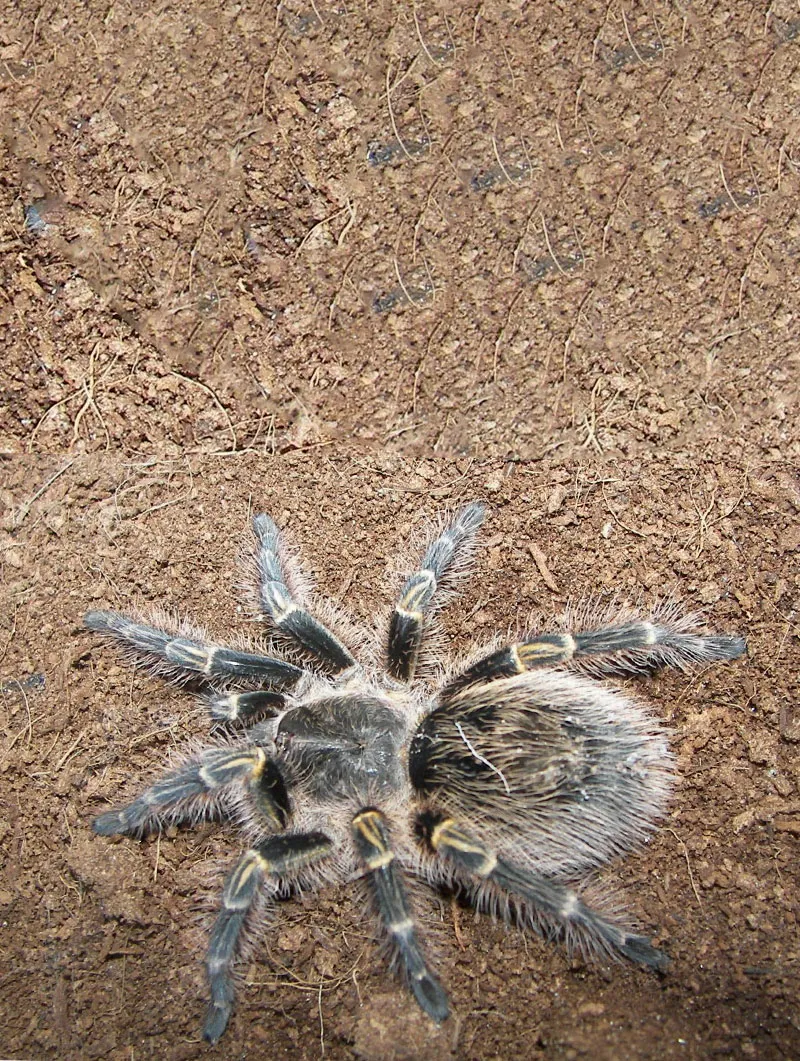
Before handling your Chaco Golden Knee, make sure you are calm and relaxed. Avoid handling if you have just applied hand lotion or have any strong scents on your hands. When handling, do so close to the ground to prevent injury if the tarantula falls. Always use gentle movements and avoid sudden motions that could startle the tarantula. Never grab or squeeze the tarantula; instead, allow it to walk onto your hand. Wash your hands thoroughly before and after handling. Do not handle your tarantula if it is in pre-molt, as they are more vulnerable. Avoid handling the tarantula frequently, and always respect the tarantula’s space and boundaries.
Recognizing and Handling a Defensive Tarantula
Observe your tarantula for signs of stress or defensiveness. A defensive stance may include raising its front legs, exposing fangs, or flicking urticating hairs from its abdomen. If your tarantula displays these behaviors, it’s best to leave it alone and avoid handling. If you must handle a defensive tarantula, do so with extreme caution. Use a soft brush to gently coax it into a secure container, or allow it to crawl onto a surface near the enclosure. Never provoke or agitate a tarantula. Be aware that some tarantulas may bite as a last resort. If bitten, clean the wound thoroughly and seek medical attention if necessary.
Common Health Issues and Prevention
Like all pets, Chaco Golden Knees can experience health issues. Maintaining proper care practices is crucial for preventing common problems. Regular monitoring of your tarantula’s behavior, appearance, and enclosure conditions can help you identify and address potential issues early. Proper temperature, humidity, and diet, along with a clean environment, are vital for the tarantula’s overall health and well-being. Being aware of potential health problems and how to address them can help you provide the best possible care for your pet.
Moulting Process
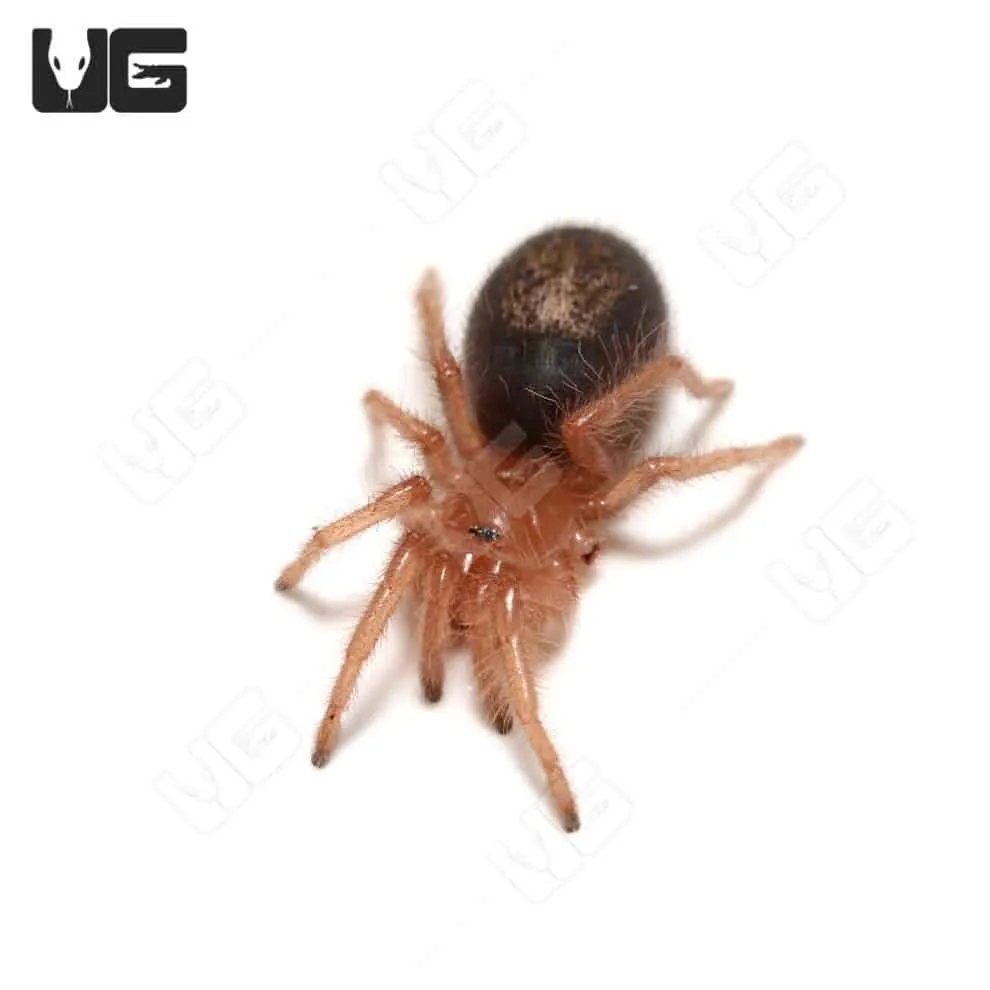
Moulting is a natural process where tarantulas shed their exoskeleton to grow. Before moulting, the tarantula may appear sluggish and may stop eating. They may also create a web mat or flip onto their back. It’s crucial to avoid disturbing the tarantula during this time. Provide adequate humidity to aid the moulting process. After moulting, the tarantula’s new exoskeleton will be soft; it is important to wait a few days before offering food. A successful moult is essential for the tarantula’s growth and overall health. Monitor the tarantula for any signs of a failed moult, such as being stuck in its old exoskeleton, and seek expert advice if necessary.
Parasites and Diseases
Chaco Golden Knees are generally hardy, but they can be susceptible to parasites and diseases. Mites can infest tarantulas and their enclosures; regular cleaning and proper ventilation can help prevent mite infestations. If mites are present, you may need to clean the enclosure and treat the tarantula with a mite control product designed for arachnids. Fungal infections can also occur, particularly in enclosures with poor ventilation and excessive humidity. Ensure the enclosure is clean and provides proper ventilation. If you notice any signs of illness, such as lethargy, loss of appetite, or unusual behavior, consult an experienced tarantula keeper or a veterinarian familiar with exotic pets.
Breeding and Reproduction
Breeding Chaco Golden Knees is not recommended for beginners. It involves specific knowledge and environmental control to ensure the safety of both the tarantulas and the success of the process. Breeding tarantulas requires careful preparation, including the selection of compatible individuals, the provision of appropriate environmental conditions, and the management of the mating process. Female Chaco Golden Knees typically produce an egg sac containing hundreds of eggs. Raising spiderlings requires specialized knowledge and care. If you are interested in breeding, it is advisable to consult with experienced breeders.
Legal Considerations and Where to Buy
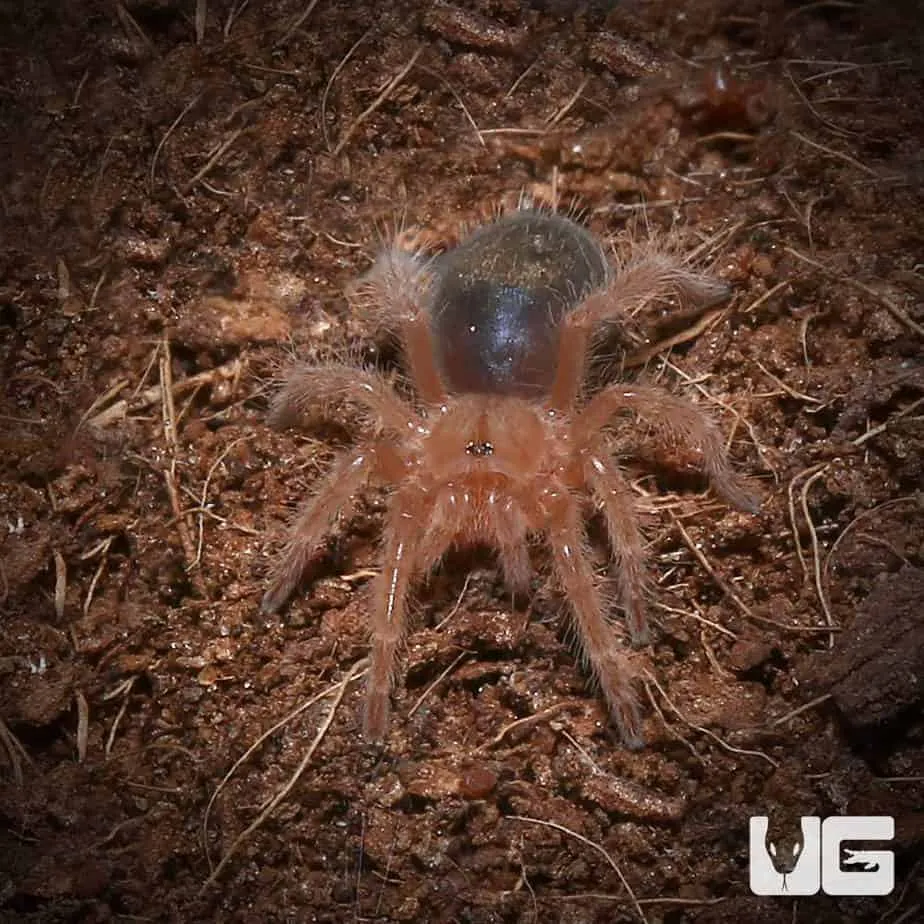
Before acquiring a Chaco Golden Knee Tarantula, research any local regulations regarding the ownership of exotic pets. Some regions may require permits or have restrictions on tarantula ownership. Purchase your tarantula from a reputable breeder or pet store that specializes in exotic pets. This ensures that you receive a healthy tarantula and that you are aware of its origins. Ask questions about the tarantula’s history, including its age, origin, and any health records. Avoid purchasing tarantulas from unreliable sources, as this can increase the risk of receiving a sick or poorly cared-for specimen. Always prioritize the welfare of the animal and responsible pet ownership.
